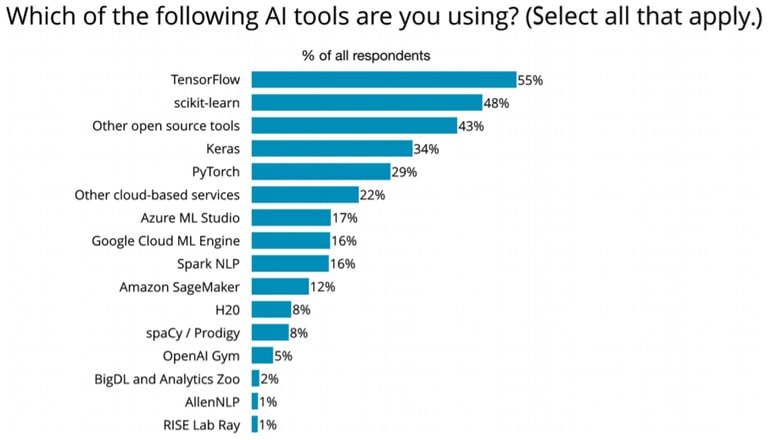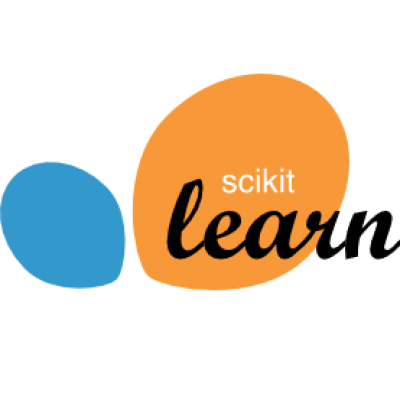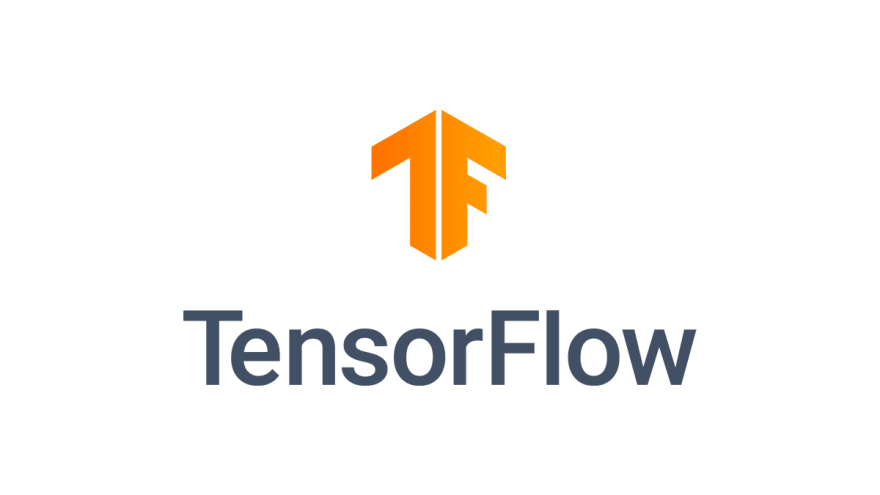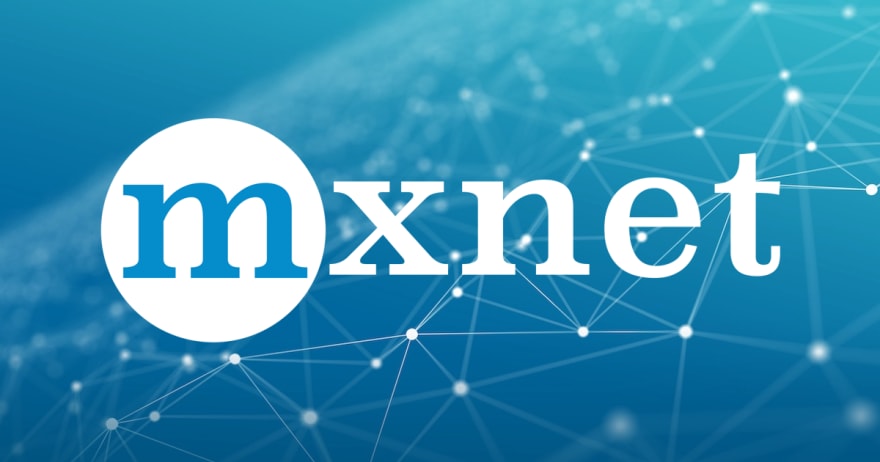Machine learning is the fastest-growing field in software development. While working as a beginner, You might have heard about a lot of jargon like Tensorflow, Keras, Pytorch, Scikit-learn and many more. If you are new to Machine learning or deep learning, then it can be a confusion for you to select which one to choose. Choosing the best framework will save you a lot of your time and money. This is why we have compiled a list of top frameworks available. Use this list as a guide for your project into the machine learning library that will work best for you.
After reading this article, you can answer the below questions:
- What is Machine learning Framework and how it is useful?
- What are the different types of frameworks available?
- Which framework is best for me?
What is the Framework?
A Framework is a module or a bunch of libraries where all the concepts are already implemented for us to use. This allows the developer to create a machine learning project at a higher pace without worrying about the nitty-gritty details of an algorithm
I will encourage you to write an algorithm from scratch for better understanding!
Advantages of using Framework:
- All frameworks are optimised for performance
- It provides a clear and concise way of defining machine learning pipelines.
- It is user-friendly and codes are easy to understand
- It helps to ease the process of acquiring data and making a prediction on that data.
- Quicker deployment of the model.
- Good community support.
Overall, ML Framework will help you to reduce the complexity of machine learning and provide you with a superpower to kick start your machine learning project.
Let’s discuss the Top Machine Learning Frameworks in detail:
There are few considerations to keep in mind when selecting the best machine learning framework. Start by asking the right question that will help you to choose the best one.
- Will the framework used for deep learning or machine learning?
- Preferred programming language for developing AI models?
- What kind of hardware is required or it will be deployed on the cloud?
When it comes to a programming language, Python and R are the winners and most popular used language in machine learning. Nowadays, most of the machine learning algorithm uses Python because of the simplicity and easy to use.
let’s categorize the framework into three parts as per the above questions
- Framework for General Machine learning
- Framework for Deep Learning or Neural Network
- Framework for Big data
Let’s dive into each category one by one
Framework for General Machine learning
Scikit-Learn
Scikit-Learn is one of the powerful and most used Python libraries for machine learning. This is built on top of several popular Python packages, namely NumPy, SciPy, and Matplotlib. It has got everything for you to get started with machine learning which consists of classification, regression and clustering algorithm. It is written in python and open source.
Advantages of Sci-Kit Learn:
- It is user-friendly
- It is an efficient tool for data mining and data analysis
- It can be accessible to everybody, and reusable in various contexts
H2O
As their tagline says, “Every Company Can Be An AI Company”. This is more of a business-oriented. H2O provides a machine learning and AI platform. It supports the most popular statistical and machine learning algorithms. It also provides the automation of machine learning using AutoML feature.
Advantage of using H2O
- You can build your model without knowing a single line of coding
- It also provides a graphical user interface which is good for a non-technical person.
- Developers can also write their code in Python and R.
Framework for Deep Learning or Neural Network
TensorFlow
Tensorflow is one of the most popular frameworks today. It is an end-to-end open-source platform which will help you to develop and train a machine learning model easily and flexibly. It was created by Google and written in Python, but now is available in almost all programming language. Many of the google services are using Tensorflow in the backend such as Gmail, Speech recognition, Google Photos.
Advantage of using Tensorflow
- Building and training models are easy using high-level APIs like Keras.
- Deployment on cloud is quick and easy
- A simple and flexible architecture to take new ideas from concept to state-of-the-art models code.
- It has a killer feature called **Tensorboard **which allows us to visualize and see the computation pipeline
- The flexible architecture of TensorFlow enables us to deploy our deep learning models on one or more CPUs (as well as GPUs).
Keras
Keras is a high-level API, written in Python and can be wrapped with Tensorflow, CNTK, or Theano. It was developed for fast experimentation and being able to produce good research quickly without any delay. Keras is the ideal framework if you are just beginning to start deep learning.
Advantage of Keras:
- It is user-friendly and ideal for fast prototyping through modularity and extensibility.
- Supports both Convolutional network and recurrent network
- It can run on both CPU and GPU.
Theano
Theano is a Python library for deep learning which allows you to define, optimize, and check mathematical expressions involving multi-dimensional arrays.
Advantage of using Theano
- It can easily be integrated with Numpy
- You can use CPU as well as GPU
- It can collaborate with other libraries such as Keras to provide high-level abstraction.
- It can provide you with an efficient symbolic differentiation.
- It supports platforms such as Linux, Mac OS X, and Windows.
Caffe
Caffe is a lightweight deep learning framework which provides great speed and modularity. It works well with image data.
Advantage of using Caffe:
- It is lightweight and can easily be deployed to the mobile device also
- It provides a High-Level API which helps beginners to write deep learning without jumping into complex coding. 3.** Caffe model Zoo**: This framework gives access to a lot of pre-trained networks, models and weight, ready for you to apply directly on your deep learning problem.
Pytorch
Pytorch is an open-source machine learning framework created by Facebook and written mainly in Python. This framework is easy to use API and provides a pythonic way of writing code. As compared to Tensorflow, It is more intuitive that you don’t need to have a solid machine learning background to understand the code if you already know python.
Advantages of torch framework:
- It is flexible to use
- Cuda support is also available
- PyTorch is deeply integrated with Python and follows an object-oriented paradigm
- Lots of pre-trained models available for us to use
- Dynamic computing graphs allows us to create graph dynamically as you go along coding
Deeplearning4J
Deeplearning4jj is Java-based deep learning framework which is compatible with Java Virtual Machines such as Scala, Clojure and Kotlin. It takes advantage of the latest distributed framework including Apache Spark and Hadoop to accelerate fast training. It is equal to Caffe in terms of speed and performance.
Advantage of using Deeplearin4j
- It can support tensors called ND4J
- It can work on both CPU and GPU
- It can support all models like ANN, CNN and even RNN and LSTMs.
- It can process a huge amount of data because of the distributed framework support.
MXNET
MXNet is a deep learning framework specifically designed to train and deploy a neural network in a scalable and flexible way. It supports a lot of programming languages like C++, Python, JavaScript, R, and Scala.
Advantage of using MXNet
- It is also supported by cloud providers like AWS and Azure.
- It supports Long Short-Term Memory (LTSM) networks along with both RNN and CNN.
- MXNet library is portable and can scale up to multiple GPU’s.
Fast.ai
fasta.ai a new free open-source library for deep learning called fastai. The library sits on top of PyTorch and provides a single consistent API to the most important deep learning applications and data types.
Advantage of using Fastai
- It requires less code to produce a State-of-the-art result.
- It provides an interface to all of the most used deep learning application such as vision, text, time series and collaborative filtering at one place.
- It’s written purely in a Python and give you the feeling of being pythonic.
Framework for Big data
Spark MLLIB
MLlib is Apache Spark’s scalable machine learning library. The goal of this framework is to make the machine learning project more scalable and distributed.
Advantage of Spark MLlIB
- It is easy to use
- You can write your code in Scala, Java, Python and R
- MLlib can easily be used with NumPy and R libraries
- Performance is great and it is 100x faster than a traditional system.
- It contains all the popular algorithms such as Classification, Regression and Clustering and collaborative algorithm.
Now that you have arrived at the end of the article, you should have a fair amount of idea about which framework to choose. It depends on your project, use case, the maturity of a framework, community support, your preferred programming language and which specific feature you are looking for. Choosing your framework wisely can save a lot of effort and time.
Here are a few of the recommendations from our side:
- If your use case is classic machine learning, then Scikit-learn is the winner and if you are an R user then go for CRAN
- If you are new to deep learning, then go for Keras which is made for human.
- If you are in academia, then go for Pytorch which is easier to learn and use.
- If you are in the industry, then Tensorflow is the winner and this is the reason, TensorFlow has maximum no. of stars on GitHub. It also has the most developers using it and more no of jobs are listed on job portal site.
- Both Tensorflow and Pytorch are growing fast but now we have nice high -level APIs like Keras and fastai which has lowered the barriers of getting started with deep learning.
- If you are looking for a more pythonic and object-oriented approach, then go for Pytorch or Fastai.
- If you are a Java user, then got for Deeplearning4j which is an obvious choice.
Here is the chart from Orielly also, and we can see that Tensorflow and Scikit-learn are the real winners:

Orielly
What do you think about the best framework available? Do you agree that Tensorflow and Scikit-learn are the winners? Share your thoughts in the comments below!












Top comments (0)